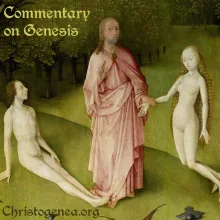On Genesis, Part 15: The Hamites
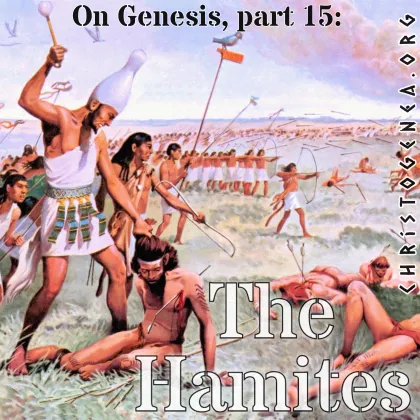
On Genesis, Part 15: The Hamites
In our last presentation where we had discussed the opening verses of Genesis chapter 10 we described the nations which can be identified with the sons of Japheth as they may be found in Biblical, historical and archaeological records. Now we shall endeavor to do that same thing with the sons of Ham, and then of course with Shem. Then after presenting the data needed to connect these Genesis 10 patriarchs to historical nations, we hope to have a supplemental discussion concerning the ancient characteristics of many of those nations.
But before proceeding here we shall briefly discuss some false reports concerning certain of the tribes of the Japhethites. There are popular Jewish so-called historians, notably Arthur Koestler, who have identified certain of the Turkic and other tribes who migrated from Central Asia into Eastern Europe in the historical period with tribes of the ancient Japhethites. In his book, The Thirteenth Tribe, Koestler cites a letter which was allegedly written by one Joseph ben Aaron, who is said to have been a 10th century king of Khazaria and one of the kings who supposedly converted to Judaism, who had identified the Turkic tribes as having been descendants of the Biblical Togarmah. Among these tribes he mentions the Uigur, Dursu, Avars, Huns, Basilii, Tarniakh, Khazars, Zagora, Bulgars and Sabir [1]. In the same book, Koestler explains the term Ashkenazi as it relates to Jews and says in part that “the term is misleading, for the Hebrew word Ashkenaz was, in mediaeval rabbinical literature, applied to Germany”, however he also states that certain “learned Khazar Jews” who had emigrated into Poland from Khazaria in the east had also called themselves Ashkenazim [2]. These claims, which had all evidently originated from medieval Jewish rabbis, are unsubstantiated. The rabbis in various places throughout the medieval world had often identified the nations whom which they had intercourse with Biblical tribes in a rather arbitrary manner, with no other basis for the identifications but their own poor opinions. Without archaeological evidence, or any supporting body of early literature, the various identifications are all mere conjecture.

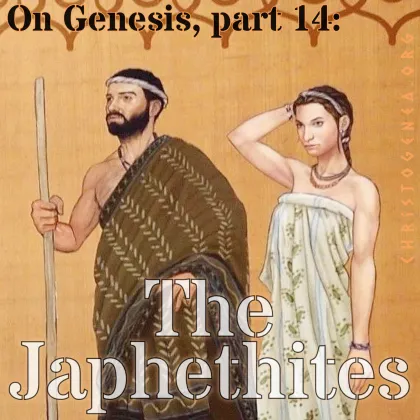





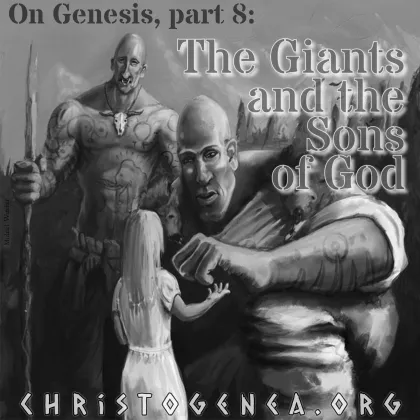


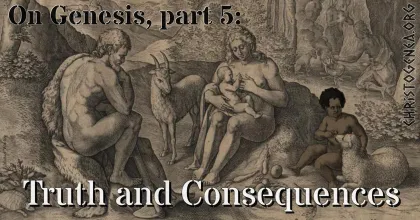
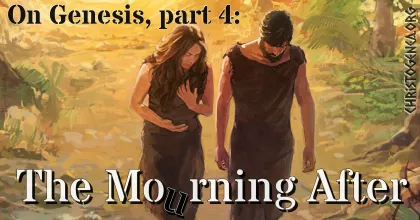
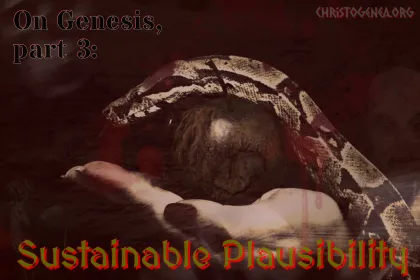
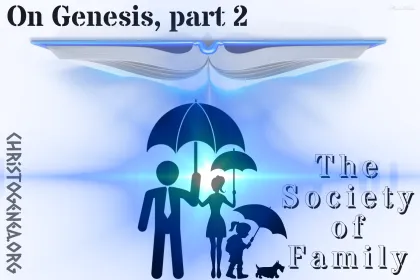


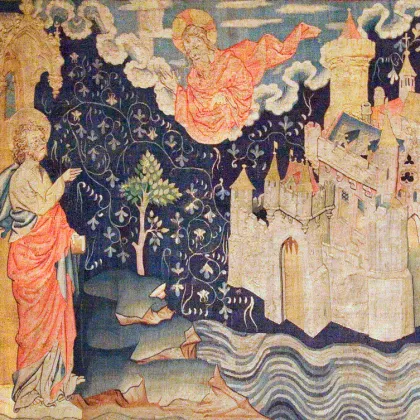
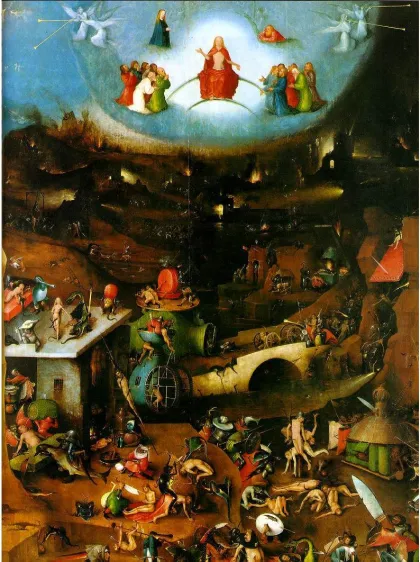






 Please click here for our mailing list sign-up page.
Please click here for our mailing list sign-up page.



